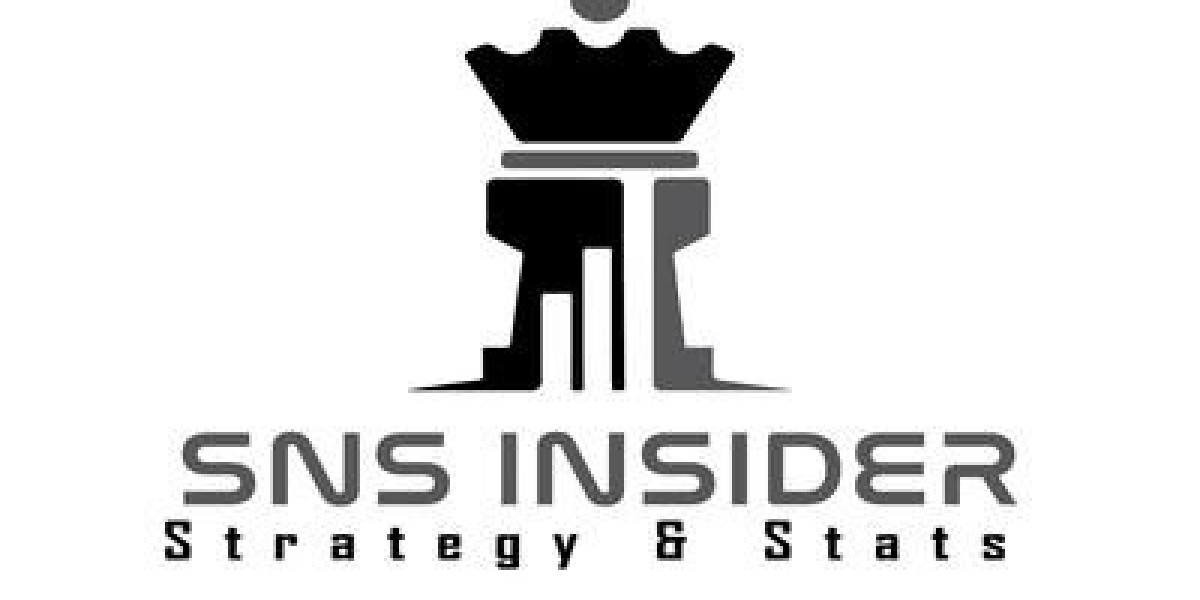Conventional mortgage loan are among the most common types of home financing options available to borrowers. Unlike government-backed loans, such as those from the Federal Housing Administration (FHA) or the Department of Veterans Affairs (VA), conventional loans are not insured or guaranteed by any government agency. This independence from government backing provides both opportunities and challenges for borrowers. In this comprehensive guide, we will delve into the intricacies of conventional mortgage loans, providing you with a clear understanding of their features, benefits, and the factors that impact their approval.
What is a Conventional Mortgage Loan?
A conventional mortgage loan is a type of home loan that is not insured or guaranteed by a federal agency. It typically adheres to the guidelines set by Fannie Mae and Freddie Mac, the government-sponsored enterprises that provide liquidity and stability to the mortgage market. Conventional loans can be either conforming or non-conforming.
Conforming vs. Non-Conforming Conventional Loans
Conforming loans meet the criteria set by Fannie Mae and Freddie Mac, including loan limits, credit score requirements, and debt-to-income ratios. These loans are often easier to obtain and come with more favorable terms due to their alignment with industry standards.
Non-conforming loans, on the other hand, do not meet these criteria and often include jumbo loans, which exceed the conforming loan limits. Non-conforming loans can have stricter qualification requirements and higher interest rates but may offer greater flexibility for borrowers with unique financial situations.
Key Features of Conventional Mortgage Loans
1. Down Payment Requirements
One of the most defining characteristics of conventional mortgage loans is the down payment requirement. While conventional loans typically require a minimum down payment of 5%, borrowers can often secure a mortgage with as little as 3% down, especially with certain programs aimed at first-time homebuyers. A larger down payment can result in a lower interest rate and reduced private mortgage insurance (PMI) costs.
2. Private Mortgage Insurance (PMI)
For conventional loans with a down payment of less than 20%, borrowers are generally required to purchase private mortgage insurance (PMI). PMI protects the lender in case the borrower defaults on the loan. However, once the borrower has built up 20% equity in their home, they can typically request to have PMI removed, potentially reducing their monthly mortgage payments.
3. Loan Limits
Conventional mortgage loans are subject to loan limits set annually by the Federal Housing Finance Agency (FHFA). For 2024, the baseline conforming loan limit is $726,200 for most areas, though it can be higher in high-cost areas. Loans that exceed these limits are classified as jumbo loans and generally come with higher interest rates and more stringent qualification requirements.
4. Interest Rates and Terms
Conventional mortgage loans offer a range of interest rates and terms, including fixed-rate and adjustable-rate options. Fixed-rate mortgages provide stability with consistent monthly payments over the life of the loan, typically ranging from 15 to 30 years. Adjustable-rate mortgages (ARMs) start with lower initial rates that can change periodically based on market conditions, potentially offering lower initial payments but with the risk of increased payments in the future.
Advantages of Conventional Mortgage Loans
1. Flexibility
Conventional loans offer significant flexibility in terms of loan amounts, down payment requirements, and repayment terms. This flexibility allows borrowers to select a mortgage that best fits their financial situation and homeownership goals.
2. Competitive Interest Rates
Due to their alignment with industry standards, conventional loans often come with competitive interest rates. Borrowers with strong credit profiles and substantial down payments can secure lower rates compared to other types of loans, potentially saving thousands of dollars over the life of the loan.
3. No Upfront Mortgage Insurance Premiums
Unlike FHA loans, which require upfront mortgage insurance premiums (UFMIP), conventional loans only require PMI for borrowers with less than 20% down. PMI is a monthly expense rather than an upfront cost, making it easier for borrowers to manage their initial expenses.
4. Potential for PMI Removal
One of the key benefits of conventional loans is the ability to remove PMI once sufficient equity is built in the home. This feature allows borrowers to reduce their monthly payments and save money over time.
Qualifying for a Conventional Mortgage Loan
1. Credit Score
A strong credit score is crucial for securing a conventional mortgage loan. While the minimum credit score required can vary by lender, a score of at least 620 is generally needed for approval. Higher credit scores can lead to better interest rates and loan terms.
2. Debt-to-Income Ratio
Lenders evaluate a borrower’s debt-to-income (DTI) ratio to determine their ability to manage monthly mortgage payments alongside other debts. Conventional loans typically require a DTI ratio of 43% or lower, though some lenders may allow higher ratios depending on other factors such as credit score and down payment.
3. Employment and Income Verification
Stable employment and reliable income are essential for qualifying for a conventional mortgage loan. Lenders will typically require proof of income through pay stubs, tax returns, and employment verification. Self-employed borrowers may need to provide additional documentation, such as profit and loss statements.
4. Asset Verification
Lenders will also assess a borrower’s assets to ensure they have sufficient funds for the down payment, closing costs, and reserves. Documentation such as bank statements and asset statements may be required to verify these funds.
Applying for a Conventional Mortgage Loan
1. Pre-Approval Process
The pre-approval process involves a thorough evaluation of a borrower’s financial situation, including credit history, income, and assets. Obtaining pre-approval before house hunting provides borrowers with a clear understanding of their budget and demonstrates their seriousness to sellers.
2. Loan Application
Once a property is selected, the borrower submits a formal loan application, which includes detailed information about the property and the borrower’s financial situation. The lender will review this information and begin the underwriting process.
3. Underwriting and Approval
During underwriting, the lender assesses the borrower’s application, verifies the information provided, and evaluates the property’s value through an appraisal. The underwriter will either approve, deny, or request additional documentation before making a final decision.
4. Closing
Upon approval, the borrower proceeds to closing, where they sign the final loan documents, pay any required closing costs, and officially take ownership of the property. Closing costs typically include fees for appraisal, title insurance, and legal services.
Conclusion
Conventional mortgage loans offer a versatile and flexible financing option for a wide range of homebuyers. With competitive interest rates, manageable down payment requirements, and the potential for PMI removal, these loans can be an excellent choice for many borrowers. By understanding the key features and qualifying criteria, potential homeowners can make informed decisions and navigate the mortgage process with confidence.






